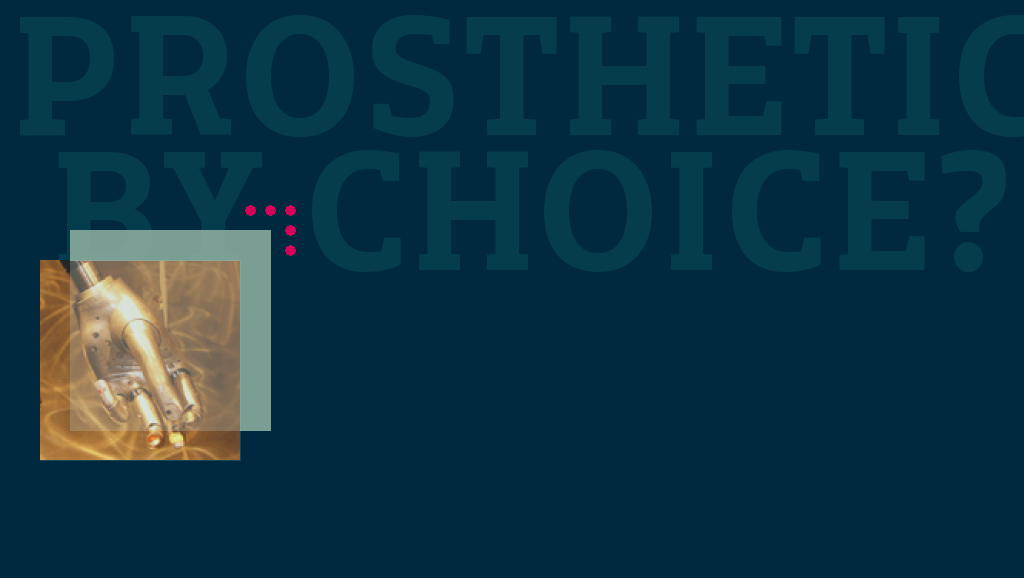Following on from the arguments raised during the discussion with athlete Marta Milani, this article looks at some of the issues posed by advances in prosthetic technology, and the issue of a patient’s choice to amputate a hand in order to have a prosthetic version fitted.
The BBC World News channel recently carried a report that raises several interesting points for discussion regarding the use of technology in prosthetic limbs.
The case in question involves a young man called Milorad, who lost most of the use of one of his hands in a motorbike accident 10 years ago. His hand regained some movement but he describes it as non functioning, and from the video we see that it is of limited use.
Milorad took the decision to have his hand amputated and a mechanical hand fitted, and the video follows his amputation in a clinic in Vienna. Both he and the surgeon believe that the prosthetic hand will improve the use he makes of his hand.
Prosthetic technology is advancing extremely quickly. Mechanical hands are generally made to move using existing muscle structures in the arm, performing a pre-set number of movements in a similar way to a human hand. The user takes some time to learn the commands but once learned controls the hand through the existing muscle system.
At the cutting edge of this type of technology however a revolution is underway. Scientists at the University of Rome are experimenting on the Life Hand Project, and have successfully demonstrated that a bio-mechanical hand connected to a human nervous system can be directly controlled by the brain.
The patient had electrodes fitted into his arm and learned to control the hand by sending stimuli through the electrodes to the non connected hand.
A similar project is run in the US at the John Hopkins University and funded by the Defence Advanced Research Agency. The research involves implants in the brain that send signals to the hand, and they are about to test the technology on humans for the first time. The brain sensors have the advantage that they can receive as well as send impulses, so the hand can send signals back to the operator, helping the user to actually feel the object and making the movement much more sensitive.
All of the above raises some interesting ethical questions. In the first article cited Milord chose to have his defective hand removed in order to replace it with a substitute that functioned better. This is very different from fitting a mechanical hand to a person that has lost their natural hand or was born without it, as it moves us into a philosophy within which an improvement of functionality may lead to elective amputation. As technology advances and mechanical substitutes become more and more lifelike and efficient, more people might see the option as offering physical enhancement and not merely a solution for a missing limb. How different is this to currently acceptable medical practices?
The now completed Ethicbots project website offers some food for thought on this subject, and Jeff Ubois has several articles on his blog here on the Bassetti Foundation website in which he addresses the argument of artificial enhancement in more general terms.
Also see the articles about sport and the South African athlete Pistorius, his carbon fibre feet and related discussion and the roboethics blog (eng and ita).
——————-
(photo: MITmuseum_0014 by Dancing Lemus from Flickr)
















